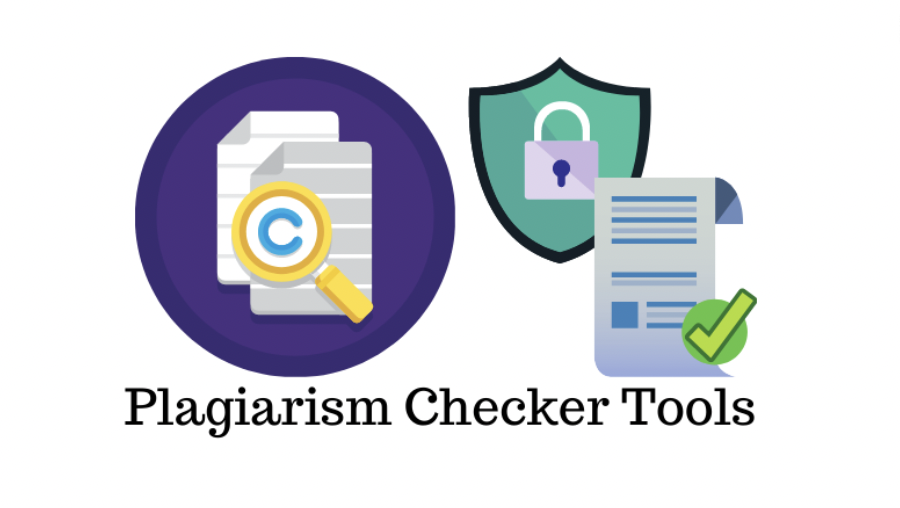✔️ Digital Identity How do you present yourself in social media? Do you have separate identities for personal and work or school use? Do you integrate your personal and professional identities? Do you use different platforms for different purposes?
Personally, I rarely post content on social media platforms, but I use social media regularly to read news, such as various news, learning content, funny videos, and so on. I generally have only one account per platform because I do not post content, so I do not need to use it separately. I use different platforms for a number of reasons, the first point is that the content of different platforms is different, the second point is to follow the trend, and the third point is to understand the media information.
✔️ Access and Inclusion How does the platform you chose for the Major Project incorporate accessibility and inclusion principles. How are disabled people treated on the platform? Are there multiple ways people can consume or produce content to meet accessibility needs? How do you include those who might otherwise be excluded?
There is no difference between anonymous disabled people on social platforms and ordinary people. Everyone is just an ordinary user. However, disabled bloggers on social media platforms are more likely to get attention. Web accessibility means making the same information accessible to everyone, regardless of their disabilities, user have to access Web content through user agents. Therefore accessibility has to be improved. At the Internet becomes a major source of enteratinment, communication, and e-commerce, it is possible for people to satisfy these needs through content or consumption. Nevertheless, most websites remain inaccessible to people with disabilities because they are not designed with their needs in mind. however, it is possible to ctegorize disabilities, so that they can be used by people with disabilities without any hindrance.
✔️ Media Literacy, Trust, and Disinformation Does your chosen platform have content moderation policies? Does it flag disinformation, or provide links to trusted resources? How do you ensure that you don’t spread disinformation as misinformation?
Weibo has a content review policy and flags false information. Since the main audience of Weibo is Chinese, China will be more strict in terms of politics. Therefore, sensitive information is handled and false information is minimized. Weibo is a platform with many official accounts and cyber police. Once it is determined to be false information, it will soon be reported, blocked, and clarified. Therefore, netizens will soon realize that it is false information and also reduce the spread.

Recent Comments